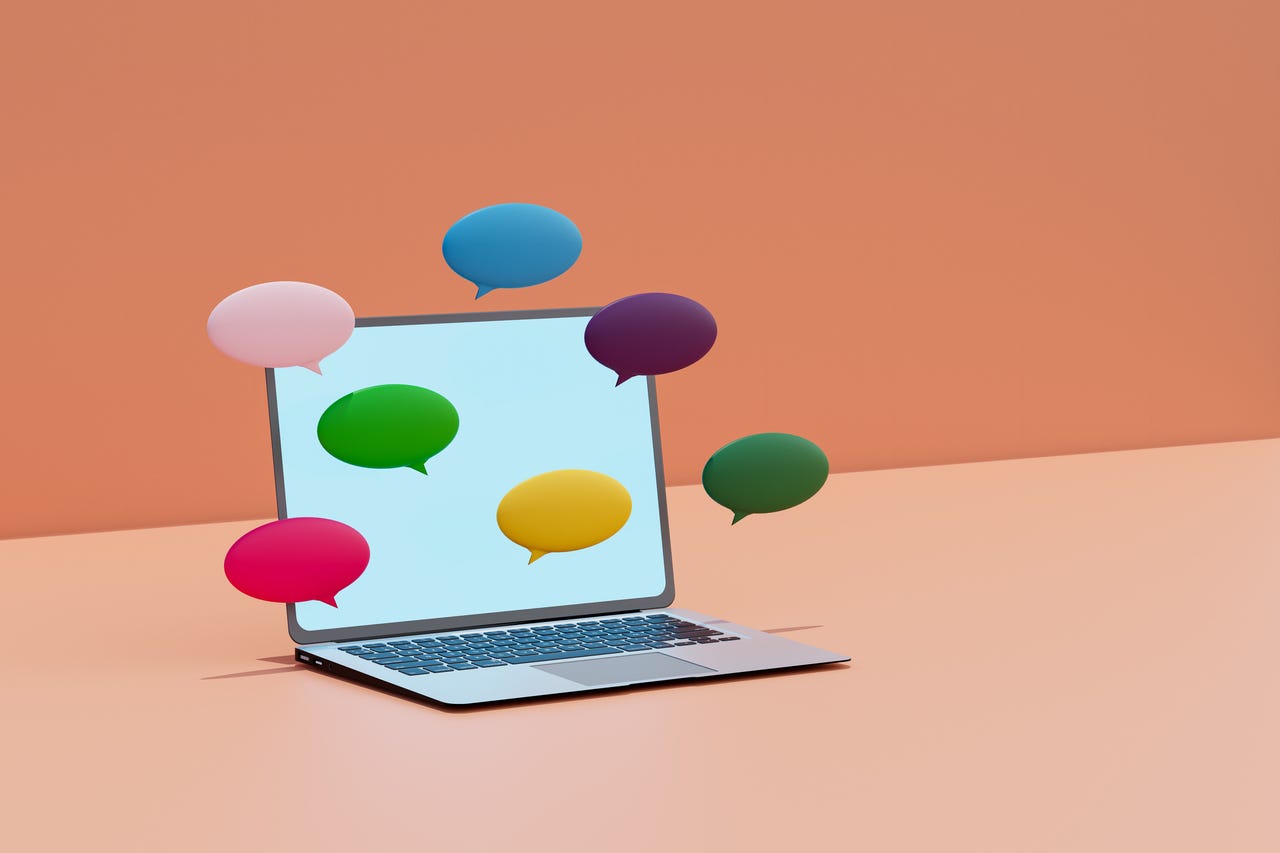How this simple ChatGPT prompt tweak can help refine your AI-generated content


It is no secret that ChatGPT can help you with everyday tasks at work and in your personal life. However, inputting the perfect prompt to get your desired answer can be tricky. This little "tone modifiers" trick can make a huge difference.
If you have ever heard the words "watch your tone" from a parent, you know that how you say something makes a world of difference in how your words are delivered.
Also: Google's Duet AI for Workspace can create presentations, write emails, and attend meetings for you
That concept may be the same reason that when ChatGPT writes an email, essay, presentation, or any written text, it doesn't sound just the way you want it to. To fix that issue, just tell ChatGPT what tone you'd like it to use.
For example, when I ask ChatGPT to write an email to my boss saying that I will be out for the rest of the day due to a stomach ache, it produces a very rigid, professional-sounding email that is quite unnatural and seems AI-generated.
It does this because when it sees the word "boss" in the prompt, it assumes that the tone it should take on is a super professional, serious tone. However, some workers have a more casual texting relationship with their bosses due to how closely and often they collaborate.
Also: You can build your own AI chatbot with this drag-and-drop tool
To remedy this issue, add some tone modifiers. Social Media Today put together an entire chart showcasing tone modifier combinations that can help generate the perfect output, such as "causal and conversational" or "humorous and informal."
For the use case of this email, I would use the tone combo of "casual and conversational" since I want the tone to be much more casual to reflect the mode we usually communicate in. All I did was add the tone modifier to the prompt and I got an entirely different result.
The results with the tweaks resembled an email or Slack message I would actually send to my manager. The initial email would have required a full, time-consuming rewrite, whereas this one just needs some quick revisions to be ready to go.
Tone modifiers can be leveraged to optimize the output for any kind of text prompt, and can go beyond the chart linked above.
Also: OpenAI finally introduces a business version of ChatGPT
For example, you can ask ChatGPT to output content in a way that a five-year-old would understand. Although that description isn't specifically a tone, it will simplify the response to align better with your needs if your needs include explaining something to a child.
You can also use the custom instructions feature on ChatGPT to input the tone you'd like the chatbot to use.
To do this, you would simply add the tone modifiers to the "What would you like ChatGPT to know about you to provide better responses?" and "How would you like ChatGPT to respond?" fields under custom instructions.
Also: 4 things Claude AI can do that ChatGPT can't
The biggest benefit of using this feature instead of simply tweaking your prompt is that it will apply these instructions to all of your outputs until you remove the tone from the constructions.
If you want to generate a series of output texts that all need to be in the same tone, custom instructions can save you a lot of time.